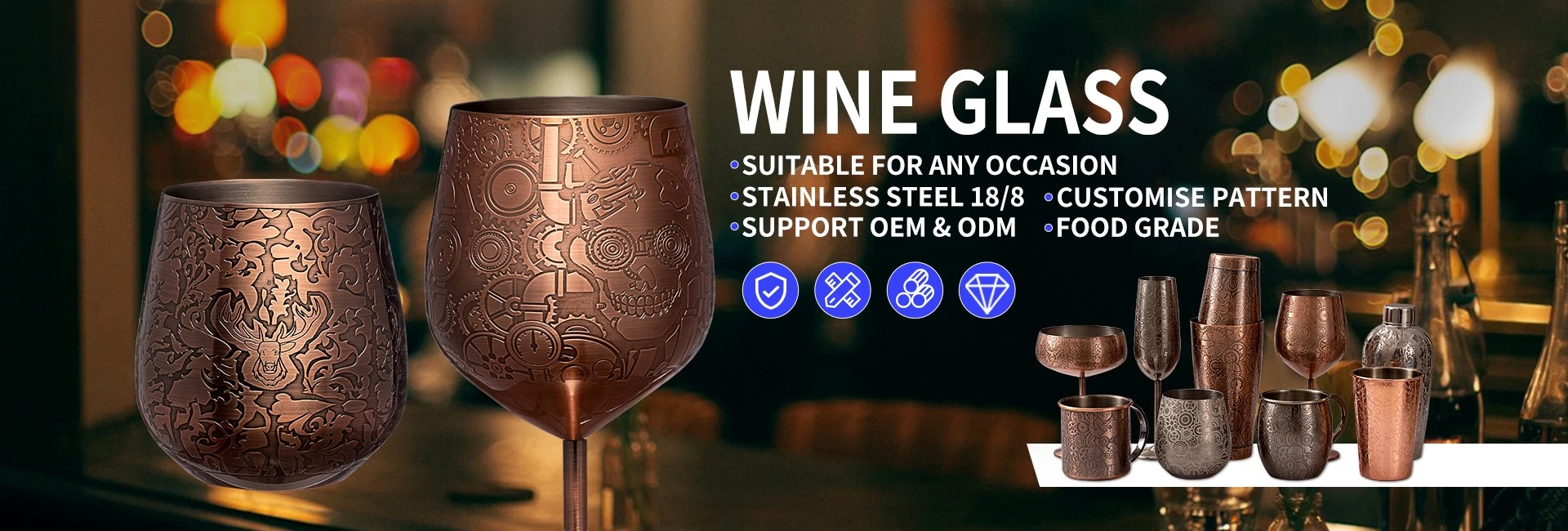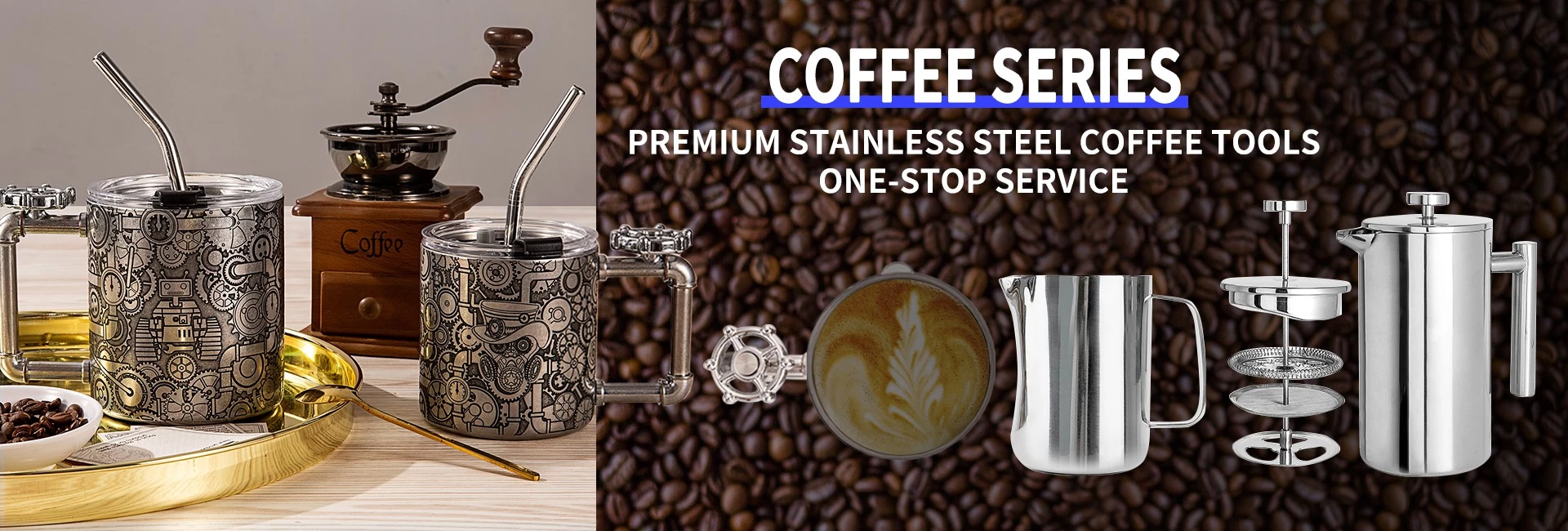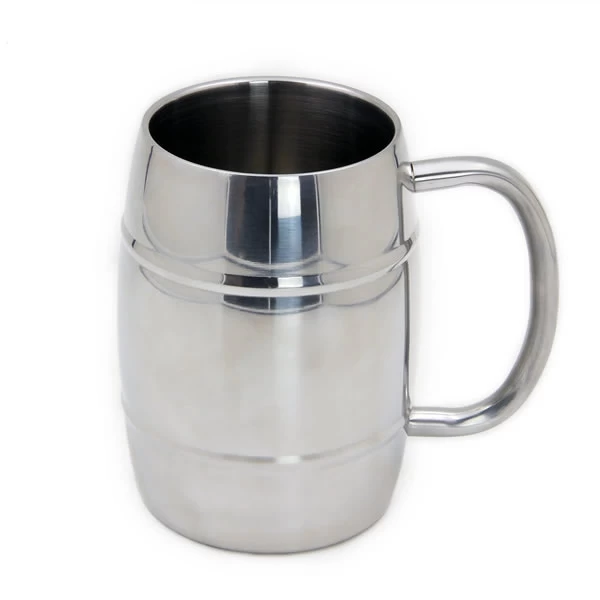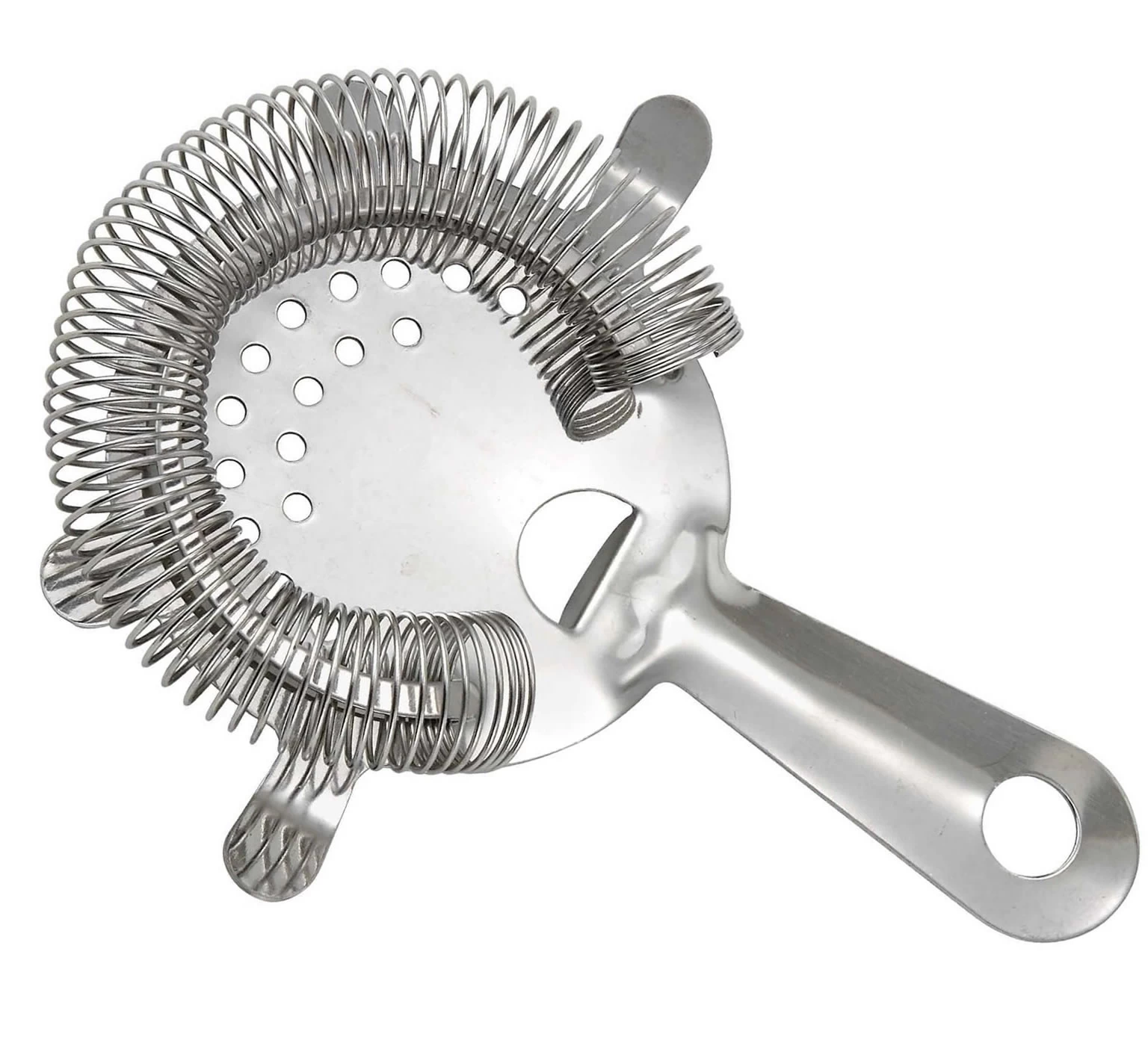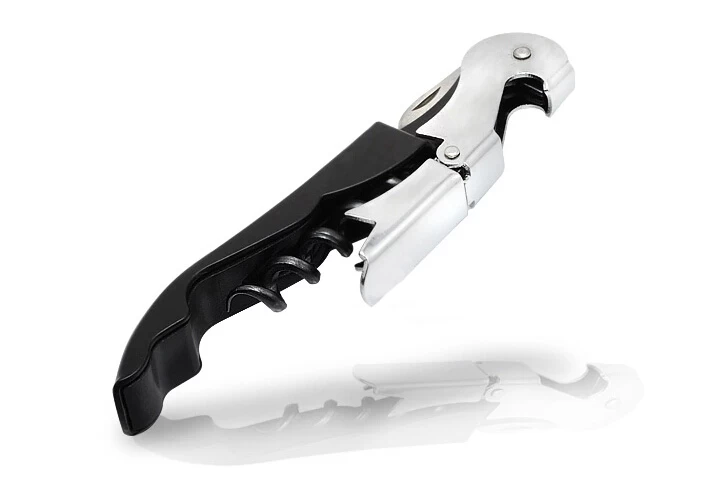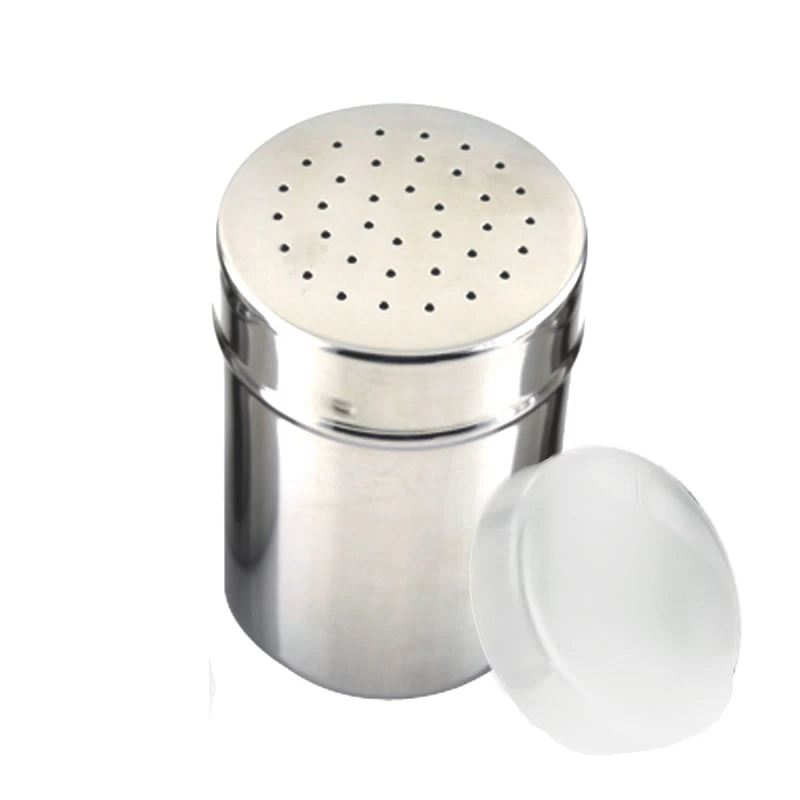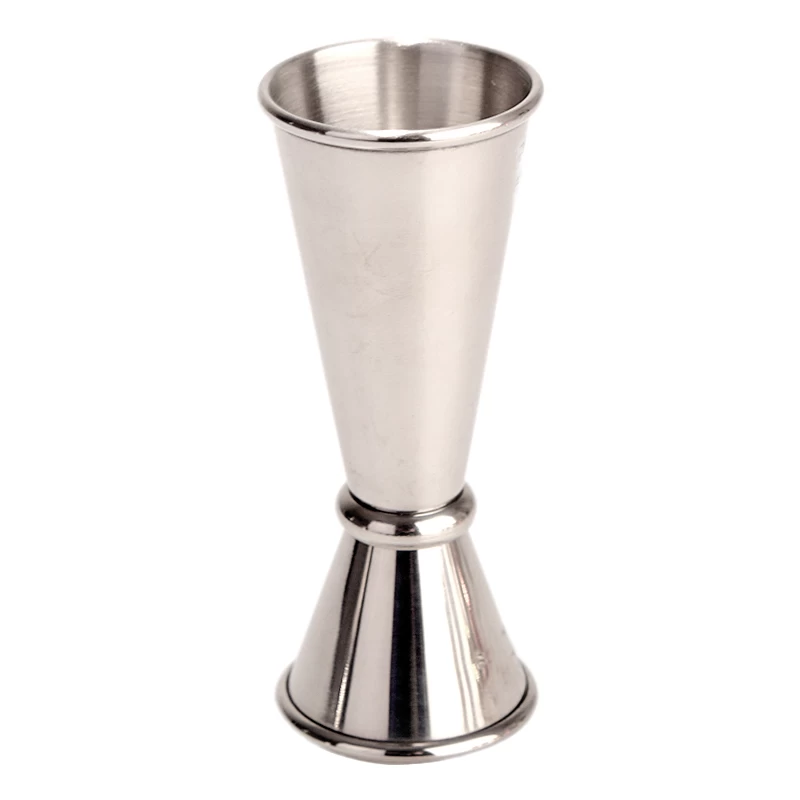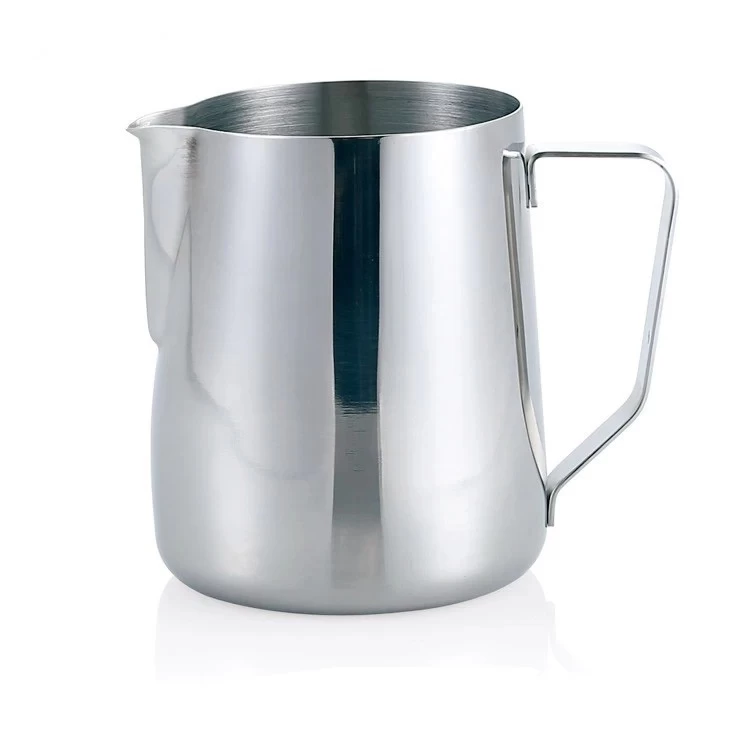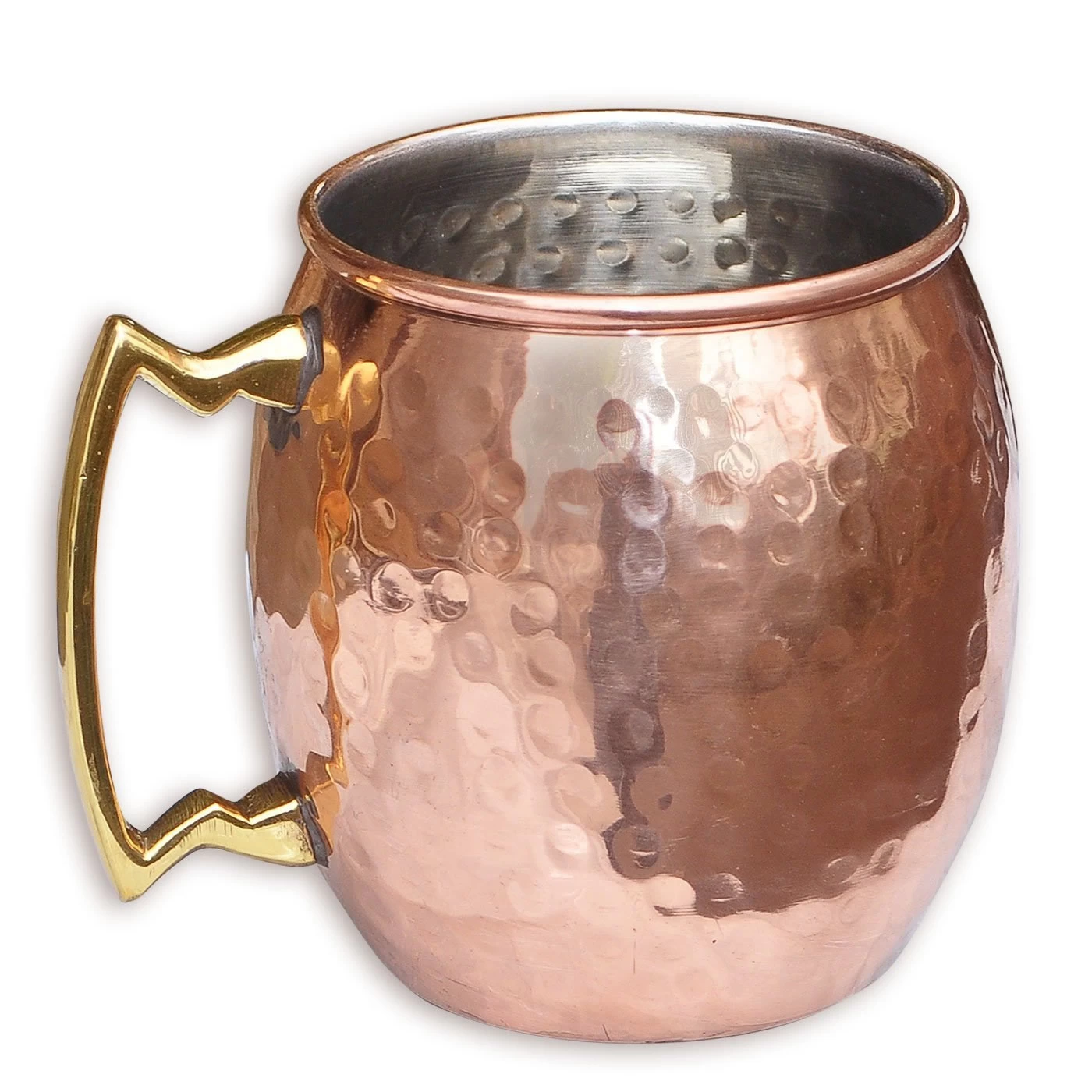What is the characteristic of stainless steel-stainless steel products?
E-BON
E-BON
2018-08-10 11:20:29
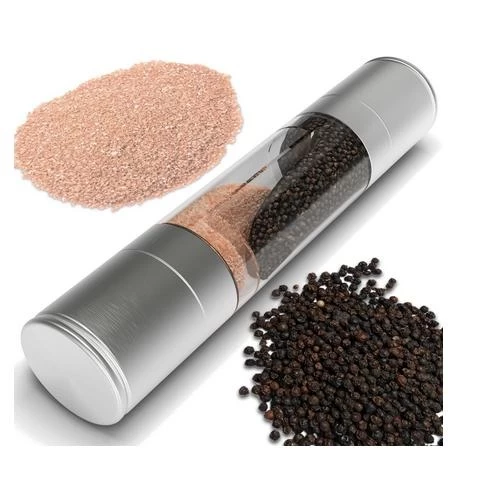
China Housewares Manufacturer
With the advancement and development of science and technology, metal materials have also undergone great changes. From the bronze products of the feudal era to the modern steel materials, it is far less powerful than the stainless steel materials. So what is stainless steel? Stainless steel is now the most advanced metal products, and the scope of use is very broad. I believe many stainless steel products are used in many friends' homes. So, what are the characteristics of stainless steel?
What is the structure of stainless steel - stainless steel?
The corrosion resistance of stainless steel decreases with the increase of carbon content. Therefore, the carbon content of most stainless steels is low, the maximum is less than 1.2%, and the ωc (carbon content) of some steels is even lower than 0.03% (such as 00Cr12). ). The main alloying element in stainless steel is Cr (chromium), and the steel has corrosion resistance only when the Cr content reaches a certain value. Therefore, stainless steel generally has a Cr (chromium) content of at least 10.5%. The stainless steel also contains elements such as Ni, Ti, Mn, N, Nb, Mo, Si, and Cu. The raw materials for stainless steel are mainly various metals, and chemicals such as formaldehyde are rarely added.
What is the stainless steel-stainless steel product profile?
1. Weldability. Different applications of stainless steel products have different requirements for welding performance. A type of tableware generally does not require welding performance, and even includes some pot enterprises. However, most products require good welding performance of raw materials, such as second-class tableware, vacuum flasks, steel pipes, water heaters, water dispensers, etc.
2, corrosion resistance. Most stainless steel products require good corrosion resistance, such as Class I and Class II tableware, kitchen utensils, water heaters, water dispensers, etc. Some foreign businessmen also conduct corrosion resistance tests on products.
3. Polishing performance. In today's society, stainless steel products are generally polished during the production process, and only a few products such as water heaters, water dispenser liners, etc. do not need to be polished. Therefore, this requires a good polishing performance of the raw material. In steel smelting, the carbon content should be controlled as low as possible, and in the subsequent heat, cold working and heat treatment, the surface of the stainless steel is also prevented from being carbonized, and the chromium-free carbide is precipitated.
5, corrosion resistance. When the amount of chromium in the steel is not less than 12.5%, the electrode potential of the steel is abruptly changed from a negative potential to a positive electrode potential. Prevent electrochemical corrosion.
What is stainless steel? We have a comprehensive understanding. It is undeniable that it is very difficult for steel technology to develop into the current level of stainless steel technology, and it has paid a lot of efforts. Stainless steel products let us say goodbye to the shortcomings of metal products in the past, such as rust, corrosion, etc., so that metal materials have a wider range of applications. Moreover, the strength of stainless steel products is also very high, so that we can use it with confidence.
What is the structure of stainless steel - stainless steel?
The corrosion resistance of stainless steel decreases with the increase of carbon content. Therefore, the carbon content of most stainless steels is low, the maximum is less than 1.2%, and the ωc (carbon content) of some steels is even lower than 0.03% (such as 00Cr12). ). The main alloying element in stainless steel is Cr (chromium), and the steel has corrosion resistance only when the Cr content reaches a certain value. Therefore, stainless steel generally has a Cr (chromium) content of at least 10.5%. The stainless steel also contains elements such as Ni, Ti, Mn, N, Nb, Mo, Si, and Cu. The raw materials for stainless steel are mainly various metals, and chemicals such as formaldehyde are rarely added.
What is the stainless steel-stainless steel product profile?
1. Weldability. Different applications of stainless steel products have different requirements for welding performance. A type of tableware generally does not require welding performance, and even includes some pot enterprises. However, most products require good welding performance of raw materials, such as second-class tableware, vacuum flasks, steel pipes, water heaters, water dispensers, etc.
2, corrosion resistance. Most stainless steel products require good corrosion resistance, such as Class I and Class II tableware, kitchen utensils, water heaters, water dispensers, etc. Some foreign businessmen also conduct corrosion resistance tests on products.
3. Polishing performance. In today's society, stainless steel products are generally polished during the production process, and only a few products such as water heaters, water dispenser liners, etc. do not need to be polished. Therefore, this requires a good polishing performance of the raw material. In steel smelting, the carbon content should be controlled as low as possible, and in the subsequent heat, cold working and heat treatment, the surface of the stainless steel is also prevented from being carbonized, and the chromium-free carbide is precipitated.
5, corrosion resistance. When the amount of chromium in the steel is not less than 12.5%, the electrode potential of the steel is abruptly changed from a negative potential to a positive electrode potential. Prevent electrochemical corrosion.
What is stainless steel? We have a comprehensive understanding. It is undeniable that it is very difficult for steel technology to develop into the current level of stainless steel technology, and it has paid a lot of efforts. Stainless steel products let us say goodbye to the shortcomings of metal products in the past, such as rust, corrosion, etc., so that metal materials have a wider range of applications. Moreover, the strength of stainless steel products is also very high, so that we can use it with confidence.


